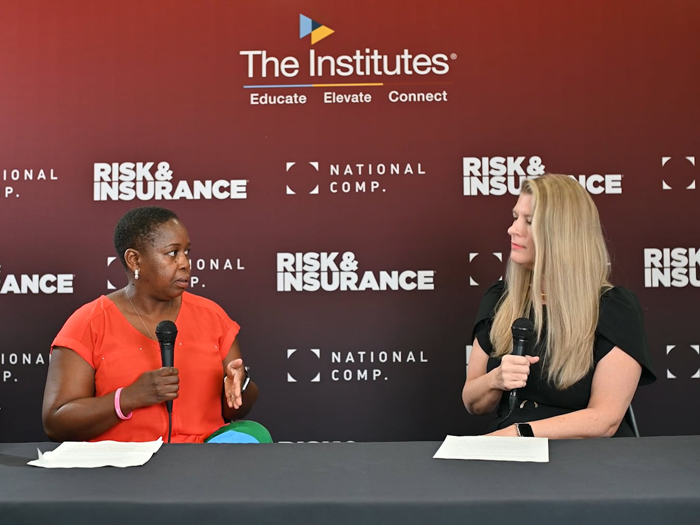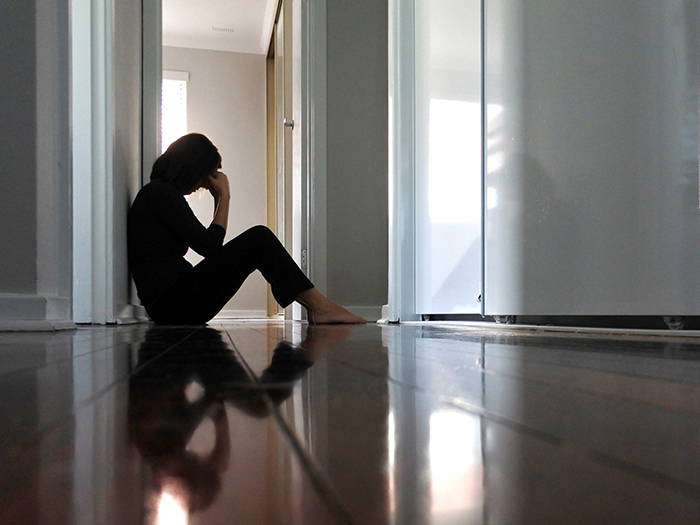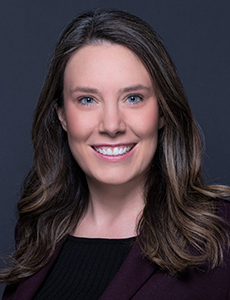According to This Professor, Teach Like Your Tech Won’t Work During COVID-19
In the midst of a pandemic, I remember an incident from my own years in college.
I was one of 30 or so students in a mathematics class. The instructor took attendance and then solved the homework problems on a blackboard. It was a waste of time for most students.
After a few sessions, some students waited until he turned away and then sneaked out the open door in the back of the room. After a few weeks, 12 to 15 of the students would be gone in the first five minutes. He never seemed to notice.
Then, it happened. The ugly specter of uncertainty.
As he began to write, he abruptly turned back to face the class. He was surprised to see eight or so students jammed in the doorway scrambling to escape. They got out. He stood looking at the half-empty class.
These were the old days. Professors talked. Students took notes. End of story.
This cozy method of instruction was turned on its head with the COVID-19 pandemic. At Saint Peter’s University, like everywhere else, we had a week or so to convert every course to a distance-learning format. The execution and the results were a little bumpy.
Now we must answer a big question: What are we going to do to reopen for the 2020-2021 academic year?
Like the task of building the Six Million Dollar Man, “we have the technology … We can make learning better than it was before. Better … stronger … faster.”
Specifically, that technology includes:
- BlackBoard, a high-tech learning management system
- Zoom, a software platform that facilitates holding meetings with dozens of our closest friends and students
In the move to distance learning, we struggled to master the subtleties of BlackBoard and Zoom. We discovered that technology is not learning, and learning is not technology. The devil may be in the details. For online courses, excessive detail can be the devil itself.
Now, we are working on solid risk management strategies.
First, professors within universities must assume the technology will not work properly when they take to the front of the room. To minimize damage control:
- Distribute a syllabus with all assignments at the start of the course.
- Eliminate weekly quizzes and frequent minor tasks and interaction that are easily disrupted.
- Post videos and lectures online for 24 hour-a-day access.
- Schedule small Zoom discussion sessions so you get to know your students and help them.
Second, reduce the unnecessary complexity. We are not alone in this area. My recent search of three traditional liberal arts colleges:
- College A. Offers 38 degree programs and 594 distinct courses (yes, I actually counted them) to meet the needs of 1,300 students.
- College B. Estimates $52,000 annual cost of tuition, room and board, reduced to an out-of-pocket cost of $21,000 after complicated admission processing, financial aid, and discounts.
- College C. Displays 171 courses, 44 of them with prerequisites, for its 494 students.
You can only imagine the amount of time and expense it takes to administer these programs, not to mention in a time of financial and emotional stress.
Third, learn from your mistakes. Two COVID-19 lessons with the best intentions but unforeseen risk:
Many colleges offered a pass/fail option to avoid hurting the grade point average of students overwhelmed by the Covid-19 disruption. In some cases the option was excessively complex. As an example, the paperwork might require the signature of an advisor, department chair, and dean – all of whom were in self quarantine.
On other campuses, spring classes started out with specific times to meet. These became Zoom sessions. The summer online courses did not specify a time for meetings. Many students had conflicts and could not participate.
Colleges will be using these and other lessons that encourage revised behavior and flexibility as they prepare to reopen. Collectively, we know there’s a penalty for getting it wrong.
Which reminds me. I wonder what happened to those students after they were jammed in the doorway.
I remember the professor took attendance a second time.
I wonder if he gave the missing students a pass/fail option. &











